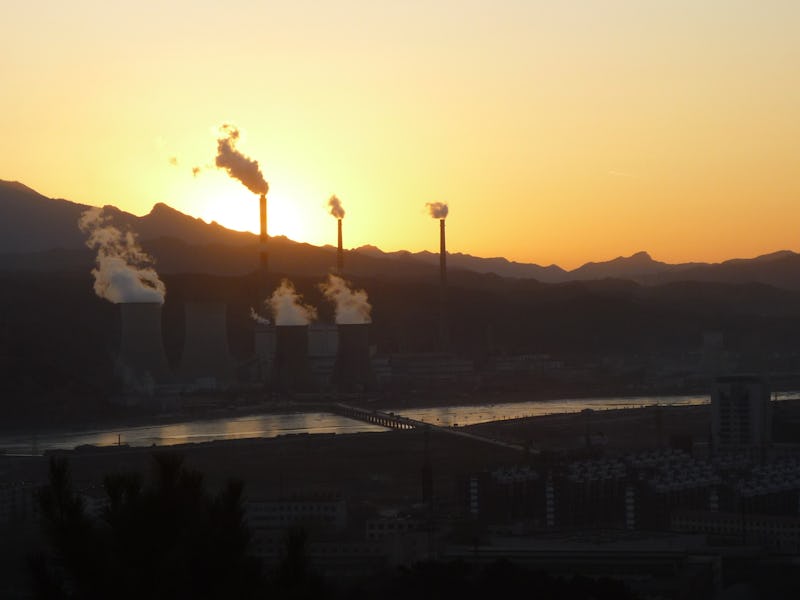AOC Is Right, Higher Wages and Sustainability Can Go Hand-in-Hand: Study
Ethical treatment of workers and environmental sustainability? Who knew?!

Of the many “flaws” opponents love to raz Alexandra Ocasio-Cortez about, her insistence that environmental and economic goals can be pursued simultaneously is a favorite, nestled between “good at dancing” and “understands how to use social media.” But a new study has shown that, within a global production economy, paying workers a living wage is actually good for long-term trends in environmental sustainability. Who woulda thunk?
Led by Dr. Simon Mair, a research fellow at University of Surrey’s Center for the Understanding of Sustainable Prosperity, the study tried to tackle what is arguably the dual challenge of sustainable development: earning more, while consuming less. In terms of global development, making people less poor tends to involve empowering them to consume more. That trade-off is why sustainability has often taken a backseat to expanding economic opportunity and access to markets.
“The starting point is that there’s this tension,” Mair tells Inverse. “We want people in poverty to become richer but at the same time, we want to produce less so we don’t run into catastrophic climate change.”
The economics of living wages and sustainability are more aligned than we thought, a new study suggests.
How Sustainability and Economic Growth Can Go Hand-in-Hand
But what if the dilemma of how to balance economic development and sustainability wasn’t as complicated as we thought? To test their idea, Mair and her team decided to contrive an experiment. What would happen to a global supply chain model, they wondered, if garment industry workers in Brazil, Russia, India and China were paid a living wage? From a sustainability standpoint, the concern would be that with their higher wages, those garment industry workers would consume more while members developed economies would continue as they were.
This wasn’t actually the case. The study found that nearly doubling the wages of the workers - an indication, it should be noted, that they’re currently not being paid enough - would lead to a price rise in the clothing they produced for Western Europe by roughly 12.5 percent, which came out to about 12 cents. Subsequently, Europeans began buying fewer items. In turn, the factories began producing less, but workers weren’t suffering from the lowered production levels because their wages were higher.
The findings challenge the historical wisdom that there’s an environmental downside to economic prosperity, that the more people are paid, the more they buy, and the more they buy, the more is produced, leading to a rise in carbon emissions. But throughout Mair’s study, the carbon emissions remained steady, which he and his team are quick to note is a sign that their plan is a “good but not sufficient” solution to the sustainable development conundrum. After all, we need carbon emissions to begin trending down.
But here’s the thing, though: While Mair says he absolutely supports the spirit of AOC’s New Green Deal - “We have such a short period of time to try to do something” - he worries that logistically, it could backfire.
“Within the existing social constructs, when you do massive new investment programs, you want to grow your economy. That’s the selling point,” he says. “You’ll produce more stuff. It’s likely that when you do a big investment program, you’ll end up stimulating the high carbon emissions.”
In other words, without de-carbonizing our economy completely, Mair worries that a rebound effect would come into play. Still, at the very least, Mair’s findings provide evidence that saving the planet and lifting people out of poverty are not as mutually exclusive as some economists have feared.